Learn how to make a Sixteenth-Century Herbal Elixir using angelica root, hyssop, and lemon balm to help ease cold and flu symptoms along with the accompanying symptoms that can often include tummy troubles and difficulty sleeping!
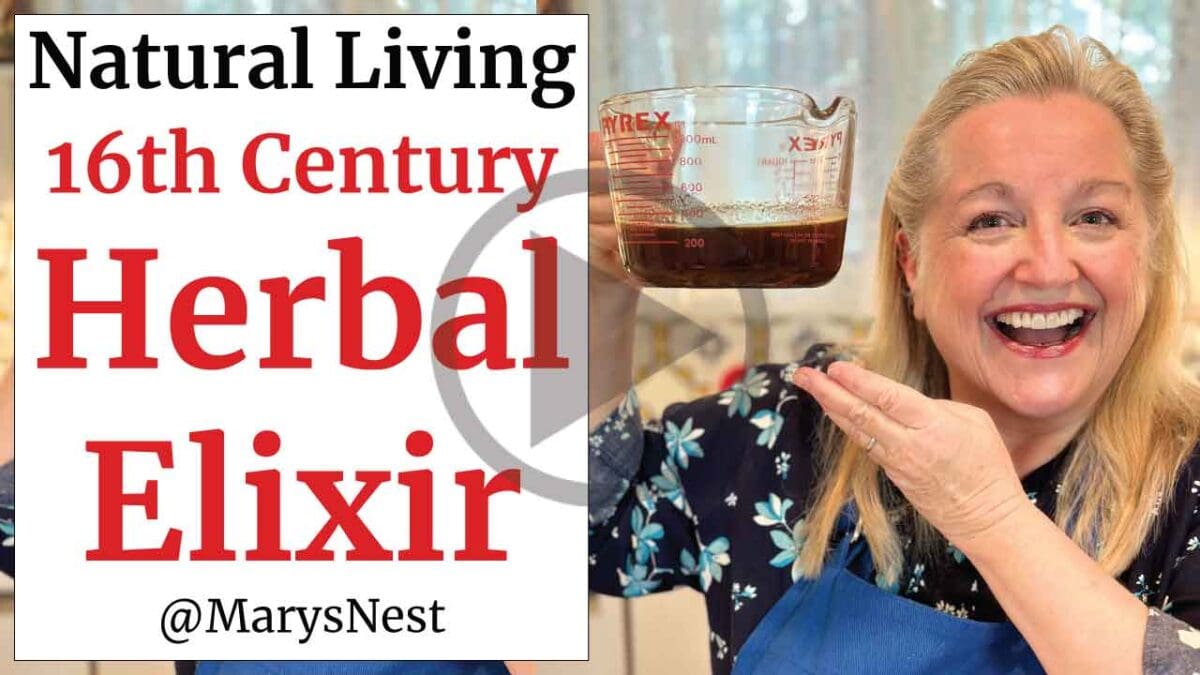
Affiliates note: As an Amazon Associate I earn from qualifying purchases. My content may contain affiliate links to products and services. If you click through and make a purchase, I’ll receive a small commission. It does not affect the price you pay.
Table of Contents
- Disclaimer
- What is an Herbal Elixir?
- What is the Difference Between an Elixir and a Tonic?
- The History Behind this Sixteenth-Century Herbal Elixir
- A Modified Version of Dom Bernardo Vincelli’s Elixir
- Ingredients to Make an Herbal Elixir
- Quality Dry Herbs from Farmhouse Teas
- How to Make an Herbal Elixir
- How to Decant an Herbal Elixir
- Variations for Making an Herbal Elixir
- Recipe Tips for Making an Herbal Elixir
- How to Store an Herbal Elixir
- How to Use an Herbal Elixir
- More Natural Remedies
- School of Botanical Arts and Sciences
- Download Your Free 36-Page Pantry List
- The Modern Pioneer Cookbook
- Join the Traditional Foods Kitchen Academy
- Kitchen Academy Videos
- How to Make a Sixteenth-Century Herbal Elixir Cold and Flu Remedy Recipe
- Shop for items used in this blog post or video
Disclaimer
Note: I am not a doctor or medical professional. This information is provided for informational purposes only and is not intended to treat or diagnose any type of illness. If you are not feeling well, please seek professional medical attention and medicine. And if you are thinking of supplementing your treatment with home remedies, be sure to talk to your medical professional about them. It’s important that you get the medicine and treatments you need to get back to good health.
What is an Herbal Elixir?
If the term elixir sounds like something out of the Middle Ages, you would be right! The Middle Ages is about when the English language started using the term, but elixirs themselves have a very ancient history, possibly dating back to as far as 100 BC!
An elixir is a sweet, flavored liquid that often contains actual medicine. The pleasant taste of the sweetener masks the unpleasant taste of the medicine.
Today, many over-the-counter medicines are based on the principles of an elixir. All the sweetened liquids sold for coughs, colds, and the flu are, in essence, elixirs.
Note: This Sixteenth-Century Herbal Elixir recipe does not include any modern-day medicine in it. We are making an herbal elixir that extracts the healing properties of the herbal ingredients: angelica root, hyssop, and lemon balm. We are turning this herb mixture, which may have a bitter taste, into a sweetened liquid, making this herbal elixir more palatable. This approach is much more similar to how our ancestors would have made elixirs when all they had to rely on were the herbs from their gardens.
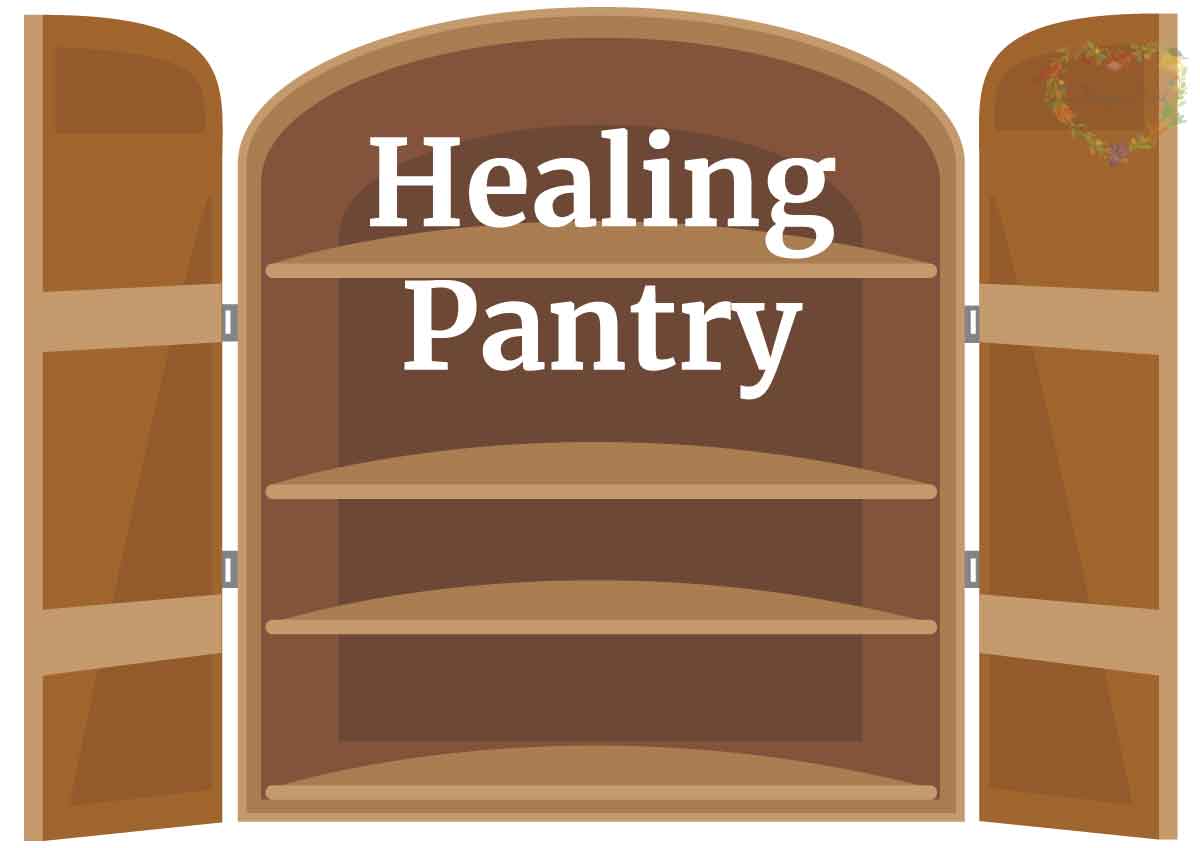
No matter when elixirs entered the historical record, they are still helpful to us today, and they are perfect for stocking in your Herbal Medicine Cabinet as part of your Healing Pantry.
What is the Difference Between an Elixir and a Tonic?
You may often see the terms elixir and tonic used similarly, but they are very different substances. An elixir is generally made to treat a particular symptom, while a tonic is made to simply support general well-being.
You’ll take an elixir only when you have the symptoms the elixir was made to treat. For example, you might have an elixir that helps to ease cold and flu symptoms or one that helps you quiet a cough, tamp down indigestion, or aid in a good night’s sleep when you are feeling restless.
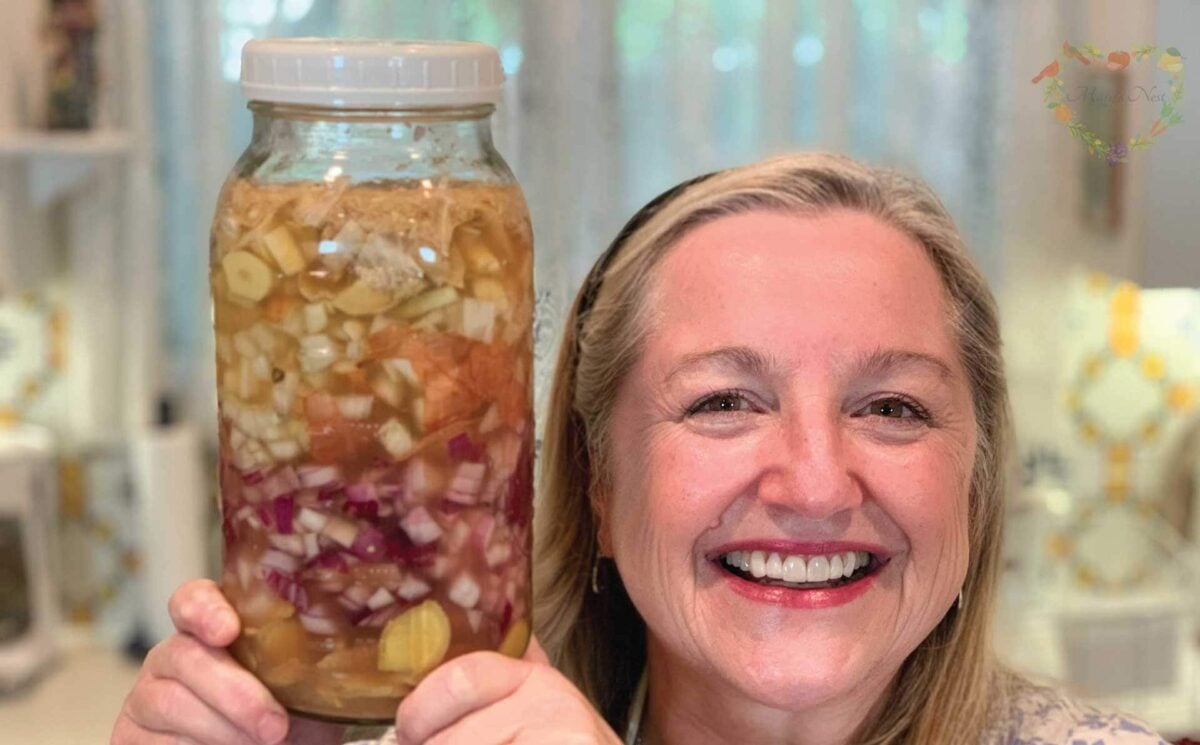
Alternatively, a tonic is something you can take every day to help maintain good health. For example, Fire Cider is a tonic. It is a mixture of various herbs and spices steeped in raw apple cider vinegar that you can take daily to provide overall support to your immune system.
Getting back to elixirs, remember herbs are often multi-purpose. So even if you are making and taking an elixir to ease your cold symptoms, it may also help with other related issues that can often accompany a cold or flu, such as tummy troubles and difficulty sleeping.
That is the beauty of making an herbal elixir. Although not quite as diverse as a tonic, herbal elixirs can target multiple symptoms that often accompany one another.
The History Behind this Sixteenth-Century Herbal Elixir
Legend tells us that in the year 1510, a Benedictine Monk named Dom Bernardo Vincelli lived at the Abbey of Fécamp on the Normandy coast in northern France. He was a contemporary botanist who studied the plants in his surrounding area as well as the spices that traveled from around the world to the Normandy area in the 1500s. (From what I have read, he sounds like he was a fascinating man!)
Through his studies, he knew that herbs and spices had many medicinal properties. To extract their healing essential oils, he created what was known as a medicinal elixir.

Vincelli believed the 27 herbs and spices he used to create his elixir would contribute to a long and healthy life. This elixir, which came to be known as the Benedictine Elixir, became so popular that even King Francis I of France traveled to Normandy to sample it. Upon tasting the elixir, the king exclaimed:
Gentilhomme, oncques n’en goustai de meilleure!
(Gentleman, I have never tasted anything better!)
Unfortunately, the Benedictine monastery was destroyed during the French Revolution, and the recipe was lost. However, it’s believed that years later, in the mid-1800s, the art collector and wine merchant Alexander Le Grand rediscovered the recipe and created the honey-sweetened herbal liqueur that we know today as Bénédictine D.O.M. (The D.O.M. stands for “Deo Optimo Maximo“, which translates “God, infinitely good, infinitely great”.) The liqueur is usually served as an after-dinner drink or what is commonly referred to as a digestif.
A Modified Version of Dom Bernardo Vincelli’s Elixir
To date, only 21 herbs of the total 27 herbs that made up Dom Bernardo Vincelli‘s original elixir are known. Now, would it be wonderful to make an elixir with 21 herbs? Definitely! But it might be cost prohibitive for most of our pocketbooks.
Instead, the Sixteenth-Century Herbal Elixir we will make focuses on the three main herbs used to make the original elixir:
- Angelica Root
- Hyssop
- Lemon Balm
Each of these herbs brings a health benefit for tamping down symptoms of a cold or flu, along with the symptoms that often accompany these illnesses, such as digestive upset and sleeplessness.
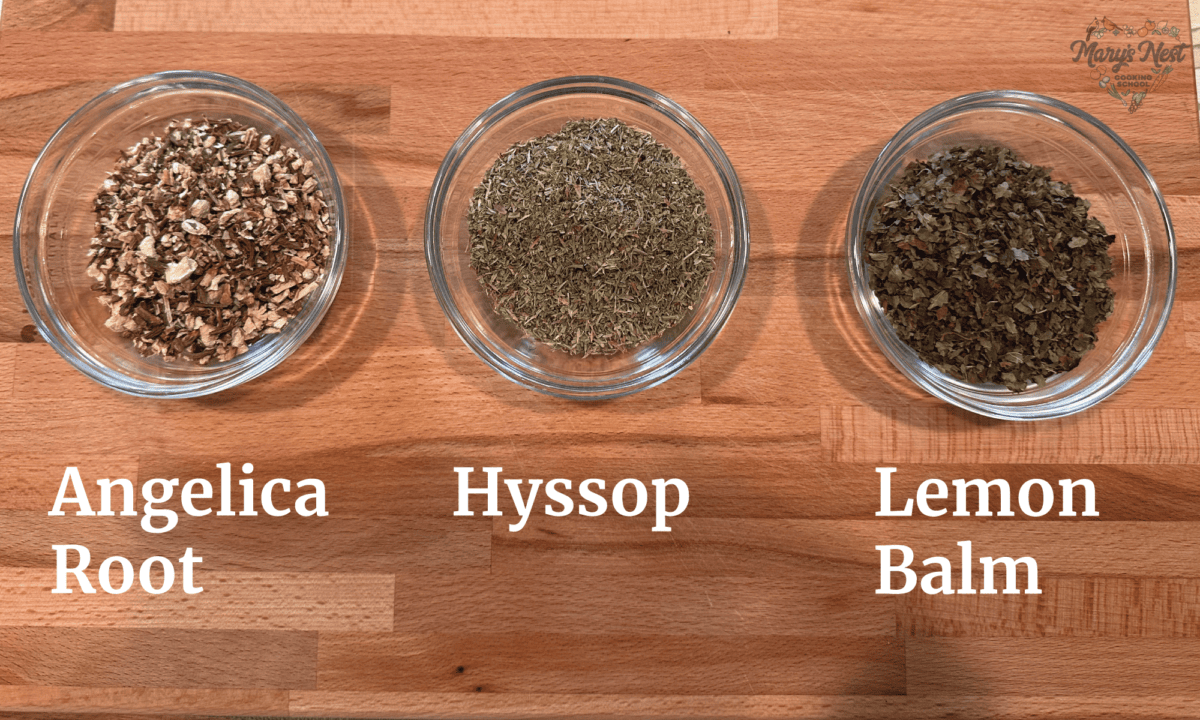
Angelica Root Benefits
Angelic is a biennial plant that is cultivated for its sweetly scented edible stems and roots.
As with all the herbs we are using in our Sixteenth-Century herbal elixir, scientists have been studying Angelica Root for its healthful properties, including its ability to tamp down lung inflammation caused by respiratory problems. Scientists have also studied this herb’s properties to help with insomnia and stomach and intestinal disturbances.
Hyssop Benefits
Hyssop is an herb prepared from the leaves and flowers of the Hyssopus officinalis plan.t For thousands of years, people have used this herb to alleviate the symptoms associated with gastrointestinal and respiratory tract infections and the common cold.
In their studies, researchers discovered that Hyssop may assist as an anti-viral, reducing both upper respiratory and digestive inflammation. Given the herb’s strong anti-viral properties, its extracts may help contribute to the creation of future anti-viral drugs.
Lemon Balm Benefits
Lemon Balm is a perennial herb and a member of the mint family. Over the centuries, people have believed this herb helps to promote sleep and relieve the symptoms of digestive upset, such as indigestion.
Scientists have also studied Lemon Balm’s effects on a variety of health disorders, including its effectiveness as an anti-viral and its ability to combat insomnia and induce restful sleep.
Ingredients to Make an Herbal Elixir
Find the full printable recipe with ingredients below.
To make this Herbal Elixir, you will need:
- Dried Angelic Root
- Dried Hyssop
- Dried Lemon Balm
- Pourable Honey
- Vodka or other 80-Proof Alcohol
Quality Dry Herbs from Farmhouse Teas
If you are in search of high-quality herbal ingredients to make your natural remedies, be sure to visit with my friend CeAnne over at Farmhouse Teas. She put together a special page to help you get the ingredients and equipment you need to make this Sixteenth Century Herbal Elixir recipe.
CeAnne sells a wide selection of teas, individual herbs, and spices. Plus, she is so kind to offer my readers a 10% discount when you use my link and discount code MarysNest10.
Note: This is not a sponsored post. If some of the herbal ingredients are new to you, check out the high-quality selection of dried herbs sold by Farmhouse Teas…and get a discount!
How to Make an Herbal Elixir
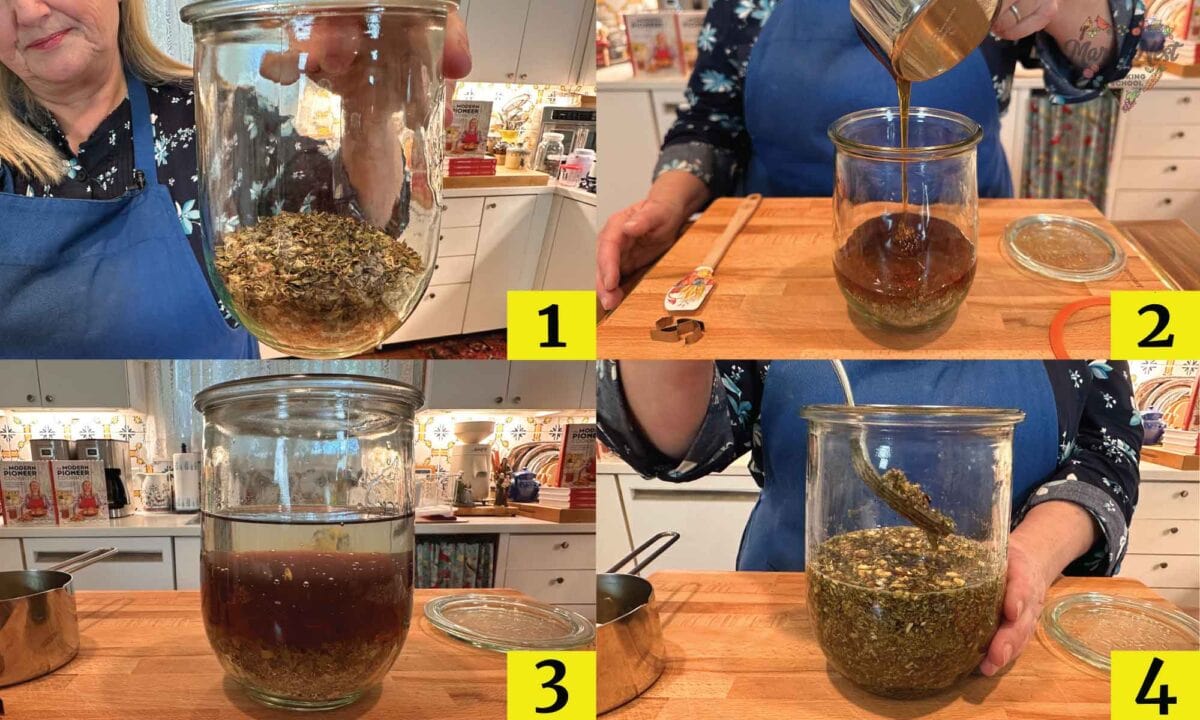
Find the full printable recipe with measurements below.
If you have learned how to make a medicinal herbal tincture, you will find it just as easy to make an herbal elixir.
- Add your herbs to a glass jar.
- Pour the honey on top of the herbs.
- Top it all off with the vodka.
- Stir the contents.
Once all the ingredients are in the jar and you give it a good stir, let everything steep for between 2 to 6 weeks. Herbalists have different opinions on how long an elixir should steep, but I found 4 weeks is sufficient.
How to Decant an Herbal Elixir
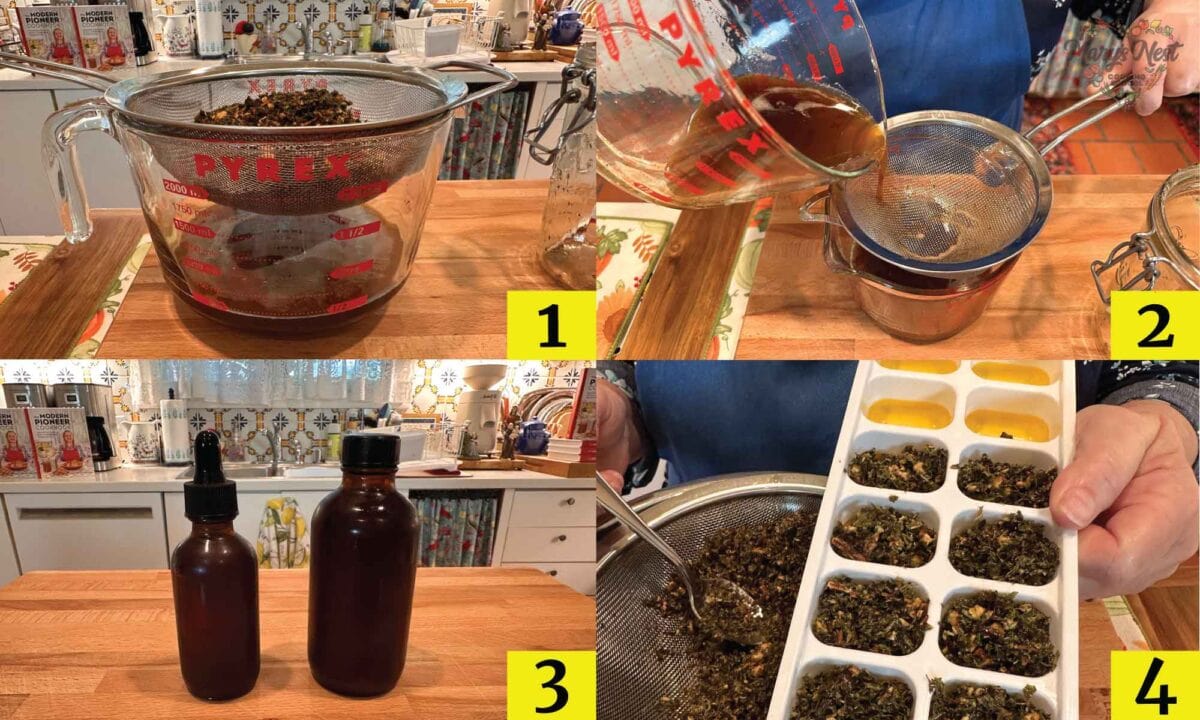
Find the full printable recipe with the steps below.
After your herbal elixir has steeped, you’ll need to decant it so it’ll be ready for you to use.
- Pour the steeped mixture into the first strainer.
- Pour the strained liquid into the second strainer.
- Store the final liquid in glass bottles.
- Optionally, store the leftover herbs in ice cube trays.
In my herbal elixir recipe video, I show you how to make ice cubes with your leftover herbs so you can enjoy them as a hot tea for those chilly autumn and winter days.
Variations for Making an Herbal Elixir
Replacing Lemon Balm
As discussed in this medical article, Lemon Balm may interact with thyroid medications. If you suffer from any medical problems relating to the thyroid, you can leave out the lemon balm when making this elixir. (Remember to consult with your medical professional before using any natural remedy.)
If you prefer to add a gentle herb that can help with sleep, you can replace the lemon balm with some dried Chamomile Flowers. Scientists have studied Chamomile extensively as a sleep aid and as a gentle tonic that can contribute to thyroid health in certain circumstances.
Replacing Alcohol
if you’re interested in making this herbal elixir without alcohol, my friend Heidi at Rain Country Homestead has a video on how to you can use glycerin instead of alcohol as an ingredient in natural remedies.
As I mentioned in my herbal elixir recipe video, I prefer using alcohol to help extend the shelf-life of my herbal elixir.
Recipe Tips for Making an Herbal Elixir
When making this elixir or any type of herbal elixir, always remember to stir the mixture every few days during the steeping period.
In my herbal elixir recipe video, I show you how to use a Weck jar and clamp jar to store your steeping ingredients. You can also use a mason jar with a leak-proof lid.
How to Store an Herbal Elixir
When it comes to storing an herbal elixir, you should decant it into a dark-colored bottle with a tight-fitting lid and store it in a cool, dark, dry pantry or cupboard.

Always take the opportunity to save dark-colored bottles, such as amber or the rarer blue-colored bottles. You never know when they might come in handy, such as for making natural remedies. I show you how to track down these bottles and other helpful traditional kitchen items in my Top 10 Kitchen Treasures from Thrift Stores, Junk Shops, and the Garbage video.
How to Use an Herbal Elixir
When you feel the symptoms of a cold or flu coming on, take one teaspoon per day of this elixir up to three times per day. You can take it right from a spoon or mix it in a small amount of water or juice.
More Natural Remedies
How to Make the Most Flavorful Strawberry Digestive Bitters
Try these flavorful strawberry bitters for great taste and digestive support.
5 Most Surprising Anti-Inflammatory Drinks
You can find these surprising and flavorful anti-inflammatory drinks at your local grocery store or make them homemade.
5 Most Surprising Anti-Inflammatory Foods
Find these beneficial foods at your local grocery store or learn how to make many of them at home.
School of Botanical Arts and Sciences

Get 10% off the following classes with my link and promo code MarysNest10:
If you like the idea of being able to use natural remedies made with herbs and spices, but you are unsure how to proceed, check out the School of Botanical Arts and Sciences.
As the video instructor for many of their classes, Heidi Villegas is one of the best teachers when it comes to learning how to make herbal remedies for minor health issues.
Download Your Free 36-Page Pantry List
For an extensive list of the traditional foods you can make and purchase to stock your pantry, be sure to download my free 36-page Traditional Foods Pantry List. This comprehensive eBook is full of links to recipe videos, helpful articles, and more!
And if you’re looking for a printed book full of my traditional foods recipes that shows you how to create a traditional foods kitchen, be sure to order your copy of my new book, The Modern Pioneer Cookbook.
Join the Traditional Foods Kitchen Academy
Are you looking for more traditional foods videos? If so, I invite you to join the Traditional Foods Kitchen Academy. Members of this optional paid YouTube community get access to exclusive videos and other members-only perks. Plus, your YouTube comments include a special members-only badge.
Kitchen Academy Videos
The Only Traditional Recipes You’ll Ever Need!
Focus on traditional recipes with real food. Don’t chase trends.
Let’s Talk Akkermansia: A Tiny Helper for Big Gut Health
Discover how Akkermansia muciniphila supports gut and immune health—and how traditional foods help this mighty microbe thrive.
How to Eat a Mediterranean Diet with a Keto Twist
Explore a Mediterranean-Keto twist with a full sample menu focused on healthy fats, quality proteins, and low-carb veggies.
Stay in Touch with Mary’s Nest
- Subscribe to My YouTube Channel for Traditional Foods Videos (Free) - When you subscribe, be sure to click on the notification bell that will let you know each time I upload a new video.
- Subscribe to Mary’s Traditional Foods Newsletter (Free) - Get a free 36-page eBook for signing up: How to Stock Your Essential Traditional Foods Four-Corners Pantry.
- Join the Traditional Foods Kitchen Academy - For more detailed videos and exclusive members-only perks, join my YouTube membership community.
- Order The Modern Pioneer Cookbook - Get a hardcover book of Mary's nourishing recipes from a Traditional Foods Kitchen. This bestselling cookbook is published by Penguin Random House with their DK imprint.
- Preorder The Modern Pioneer Pantry - Be one of the first to get Mary's hardcover book about preserving food and making delicious meals from your Four Corners Pantry. Mary's second cookbook is also published by Penguin Random House.
I look forward to having you join me in my Texas Hill Country Kitchen!
I’d like to receive more tips and recipes from Mary’s Nest.
How to Make a Sixteenth-Century Herbal Elixir Cold and Flu Remedy
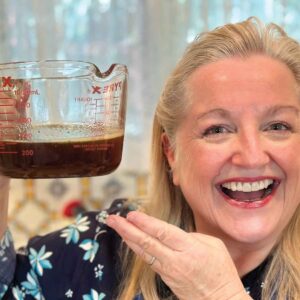
Equipment
- 1 Quart-sized glass jar with lid
- 1 Large measuring cup or bowl
- 1 dark -colored bottle with a tight-fitting lid with or without an eyedropper
Ingredients
- 1/3 cup angelic root
- 1/3 cup hyssop
- 1/3 cup lemon balm* See warning below.
- 1 cup pourable honey
- 1 cup vodka Alternatively, you can use other forms of "80-Proof" alcohol.
Instructions
- Place all the herbs in a quart-sized glass jar.
- Pour the honey into the jar on top of the herbs.
- Pour the vodka into the jar on top of the honey.
- Stir the mixture well until all the herbs are completely saturated.
- Place a lid on the jar and allow the mixture to steep for 2-6 weeks. I found that 4 weeks is sufficient.
- Over the course of the stepping period, remove the lid on the jar and stir the mixture well. Replace the lid.
- After the steeping period has finished, place a fine mesh strainer over a large measuring cup or bowl and pour the mixture through the strainer. Do not press on it.
- Once the mixture stops dripping into the large measuring cup or bowl, strain it a second time through a clean fine mesh strainer into a clean large measuring cup or bowl.
- Transfer the strained content to a dark-colored bottle (or bottles) with tight-fitting lids and store in a cool, dark, dry area.
- This herbal elixir has an infinite shelf life because it is made with alcohol. However, if it ever takes on an off odor or develops any type of mold or other form of growth, discard it immediately.
- When you feel the symptoms of a cold or flu coming on, take one teaspoon per day of this elixir up to three times per day. You can take this directly from a spoon or mix it with a small amount of water or juice.
Video
Notes
Shop for items used in this blog post or video
Favorite Kitchen Supplies
- Favorite Aprons
- Sixteenth Century Herbal Elixir recipe ingredients (Be sure to use my discount code MarysNest10 for 10% off your Farmhouse Teas order)
- Weck Glass-Lid Jars
- Glass Clamp-Lid Jars
- Wide-Mouth Quart-Size Jars
- Wide-Mouth Lids
- Large Measuring Cup
- Fine Mesh Strainer
- 1 Ounce Eye-Dropper Amber Bottles
- 2 Ounce Amber Bottles
Amazon Shop and Shopping Guide
- Visit Mary’s Nest Amazon Shop
- Visit my Shopping Guide page
Get up to 15% off for stocking your Traditional Foods Pantry and equipping your Modern Pioneer Kitchen, including discounts from US Wellness Meats, Farmhouse Teas, Lehman's, Masontops, Cultures for Health, Survival Garden Seeds, Redmond Real Salt, Plan to Eat, and More!
Recommended Reading
- The Modern Pioneer Cookbook
- Nourishing Traditions
- Medicinal Herbs for Beginners
- The Herbal Apothecary
Disclaimer:I am not a medical doctor, a medical professional, a dietician, or a nutritionist. All content found on the MarysNest.com website, including text, images, videos, eBooks or eGuides, social media, or other formats, were created solely for informational purposes only. The content is not intended to be a substitute for professional medical advice, diagnosis, or treatment. Always seek the advice of your physician or other qualified healthcare provider with any questions you may have regarding a medical condition or proper nutritional advice. Never disregard professional medical advice or delay in seeking it because of something you have watched in a video or read on this website. Use caution when following the recipe in this video. The creator and publisher of this video and website will not be held responsible for any adverse effects that may arise from the use of this recipe and method or any other recipe and method on this website or corresponding video channel.
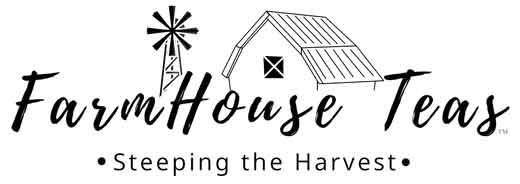





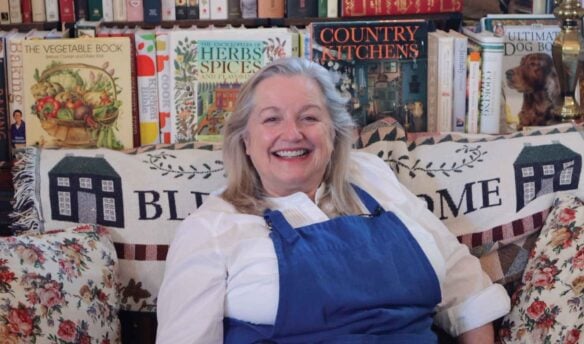
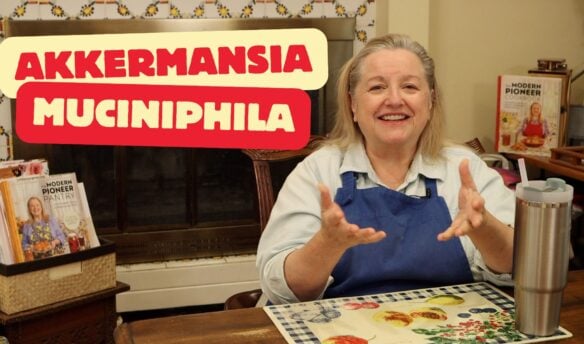

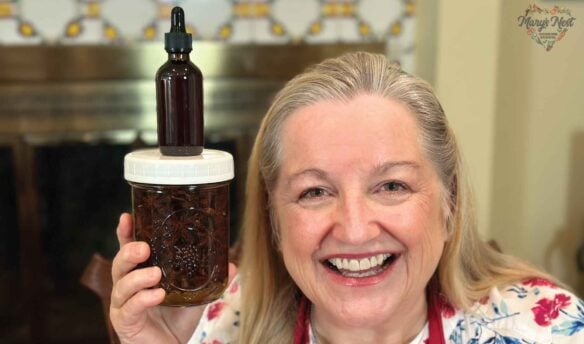

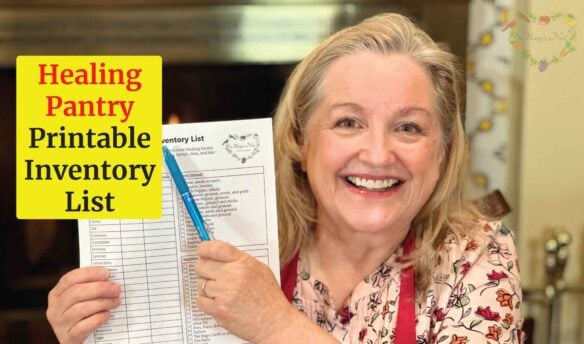
What is issue with Lemon Balm with thyroid?
Hi Edna,
Lemon balm may interact with thyroid medications. I’ll add a link to a medical article discussing this in the “Variations for Making an Herbal Elixir” section of this recipe post.
Thanks so much for your comment!
Love and God bless,
Mary